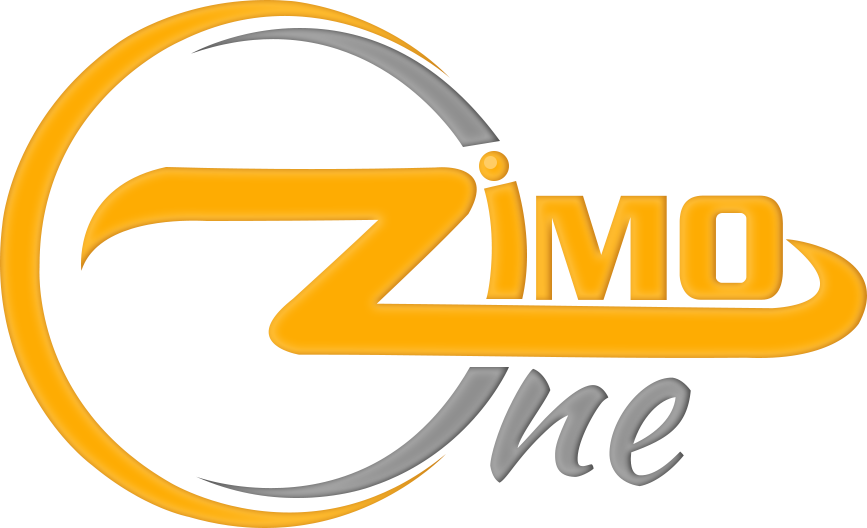Understanding Dental Billing and RCM
Maintaining pristine teeth and bright smiles is only one aspect of running a dental practice; another is keeping everything running smoothly. Any successful clinic starts with an efficient system that ensures correct invoicing, on-time payments, and sound financial standing. This is what Dental Billing and Revenue Cycle Management (RCM) are for. These two pillars enhance your clinic’s financial operations and lower administrative strain by accurately and promptly transforming patient visits into reimbursements. The dental billing process includes checking patient insurance, accurately categorising dental treatments, submitting claims to insurance companies, and keeping track of payments or rejections. It ensures that dental offices receive fast, equitable payment for the services they provide.
Dental Billing: What Is It?
Dental billing is the process of translating dental procedures performed on patients into standardised codes and submitting them to insurance companies for reimbursement. Verifying a patient’s insurance coverage, classifying each procedure using CDT (Current Dental Terminology) codes, generating claims, and ensuring they are submitted and paid on schedule are all part of it. By ensuring that dental offices are paid for the services they offer while maintaining accuracy, compliance, and transparency in every transaction, dental billing essentially bridges the gap between clinical care and monetary compensation.
By linking the clinical and administrative facets of a dental office, RCM guarantees seamless collaboration between front desk staff, billing departments, and insurance payers.
Dental RCM Cycle includes:
- Verification of Eligibility and Pre-authorization
- Charge entry and coding
- Management and Submission of Claims
- Receivables from accounts (A/R) Follow-up
- Posting and Reconciliation of Payments
- Analytics & Reporting
The Interaction between Dental Billing and RCM
Dental billing is a component of the larger RCM system. While billing concentrates on the correctness and submission of claims, RCM makes sure that the entire revenue process is visible and effective, from patient intake to payment posting.
When both are combined, your dental office can:
- Reduction in claim denials
- Reduce the duration of reimbursement cycles
- Increase patient contentment
- Become more knowledgeable about finances
What is RCM in Dentistry?
The management of a dental practice’s finances, from scheduling patient appointments to collecting final payments, is known as revenue cycle management, or RCM. Insurance verification, precise dental procedure coding, claim submission, payment tracking, and refusal management are all included. Efficient dental RCM guarantees seamless cash flow, reduces the number of claims denied, and assists practices in receiving prompt and accurate payment for the services rendered.
RCM workflow
Verifying insurance and patient registration ensures that all information and coverages are correct at the start of the Dental RCM workflow. Claims are then prepared and sent to insurers after procedures are coded using CDT codes. Payments are then posted and reconciled, and claims that are rejected are fixed and resubmitted. Patient billing, collections, and reporting, finally, guarantee complete revenue recovery and ongoing process enhancement.
Benefits of Effective Dental RCM
- More rapid reimbursements: Effective RCM systems expedite the processing of claims, enabling dental offices to maintain consistent cash flow and receive reimbursements more rapidly.
- Fewer Refusals of Claims: Errors that frequently result in claim rejections or delays are reduced by efficient RCM, which guarantees proper coding and documentation.
- A better flow of cash: Improved follow-up and prompt collections help practices avoid long-term accounts receivable and retain steady revenue.
- A Better Experience for Patients: A seamless billing procedure improves patient satisfaction and confidence by reducing billing surprises and fostering more open communication.
- Increased Compliance: By guaranteeing adherence to HIPAA regulations and payer-specific standards, RCM reduces the possibility of audits or fines.
- Improved Operational Efficiency: Automated workflows reduce administrative workload, allowing personnel to focus on patient care instead of paperwork.
- Detailed Financial Information: Efficient RCM provides real-time data on revenue trends, unsettled claims, and financial performance for better decision-making.
- Adecreasein administrative costs: By decreasing manual labour and rework brought on by claim errors, RCM boosts profitability and lowers overhead costs.
- Data-Informed Decisions: Performance tracking, bottleneck identification, and financial strategy enhancement are all made easier by the extensive insights provided by RCM software.
Practices that manage their revenue more effectively can reinvest in technology, training, and patient care, supporting long-term development and stability.
Common Challenges in Dental Billing & RCM
- Dental Coding Errors: Payment delays and claim denials result from using out-of-date or inaccurate CDT codes. Accuracy and compliance require staying up to date with coding revisions.
- Partially Unverified Insurance: When insurance information is not confirmed prior to treatment, patients frequently face unanticipated out-of-pocket expenses or claims that are denied.
- Postponed Submission of Claims: Cash flow may be negatively impacted if claims are submitted beyond the deadline due to ineffective procedures or procrastination.
- Insufficient Paperwork: Claims may be incomplete and vulnerable to rejection if clinical notes are lacking or if narratives or X-rays are not included.
- Recurrent Refusals of Claims: Minor mistakes, such as incorrect provider information or mismatched patient data, might result in repeated denials that necessitate laborious rework.
- Bad Management of Accounts Receivable (A/R): Not pursuing unresolved claims or past-due payments results in revenue loss and compromises financial stability.
- Complicated Insurance Procedures: It can be difficult to understand and result in billing problems to navigate different payer rules, pricing schedules, and coverage constraints.
- The Front and Back Offices – Ineffective Communication: Workflow gaps and data inconsistencies are frequently caused by coordination breakdowns, from scheduling to payment posting.
- Manual Procedures That Take Time: Manual billing slows down the entire revenue cycle and raises the possibility of human error.
- Inadequate Automation and Technology Use: Without RCM software or automated capabilities, practices find it difficult to monitor performance, handle denials, or identify revenue trends.
Automation and Artificial Intelligence’s Place in Dental RCM
AI-powered billing software is being used by modern dental offices to automate tedious processes like tracking denials, submitting claims, and verifying eligibility.
This guarantees accuracy and compliance while also saving time.
With the use of dashboards, real-time alerts, and analytics provided by digital RCM solutions, practices can better monitor their revenue performance.
To sum up, dental billing and revenue cycle management (RCM) are critical to the operation of a successful and profitable dental office. Not only does a properly run billing and RCM process guarantee prompt payments, but it also reduces claim errors, raises patient happiness, and boosts overall profitability. To enhance clinical excellence and long-term commercial growth, dental offices can streamline administrative chores by using automation, keeping correct records, and adhering to industry standards.



